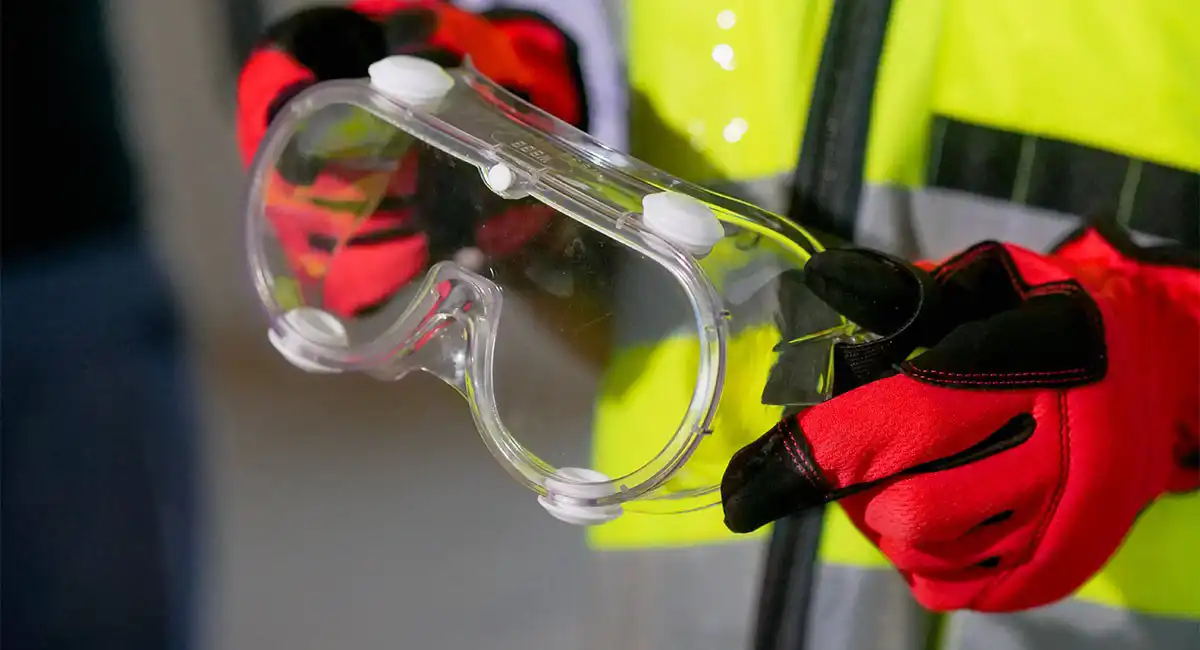
10 Essential Safety Precautions to Take When Working with Hot Melt Adhesive
10 Essential Safety Precautions to Take When Working with Hot Melt Adhesive

10 Essential Safety Precautions to Take When Working with Hot Melt Adhesive
10 Essential Safety Precautions to Take When Working with Hot Melt Adhesive
1. Wear Protective Gear
2. Maintain Proper Ventilation
3. Use the Right Equipment
4. Set the Correct Temperature
5. Avoid Direct Contact with Melted Adhesive
6. Store Adhesive Properly
7. Handle Power Sources Safely
8. Dispose of Adhesive Waste Correctly
9. Be Cautious of Adhesive Stringing
10. Understand the Characteristics of Adhesives
Different adhesives have varying properties, including viscosity, open time, and bonding strength. Understanding these characteristics helps in choosing the right adhesive and applying it safely.
Conclusion
FAQ
Is hot melt adhesive safe?
How does hot melt glue work?
What temperature does adhesive melt?
How long does hot melt glue take to dry?
How safety impacts packaging production?
Mahisa Packaging Systems LLP
Office Address :
Service & Spares :
Sales Inquiry :
Sales phone: +91 98210 49426
+91 84510 70625
+91 72089 76891
Sales email: sales@mahisa.com
Social Links :
Need Help? Chat with us